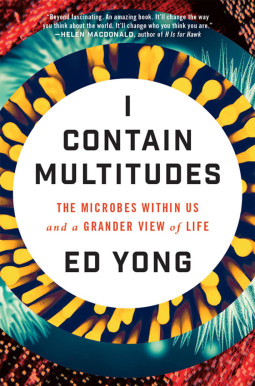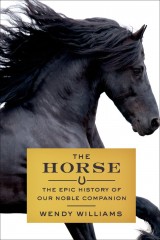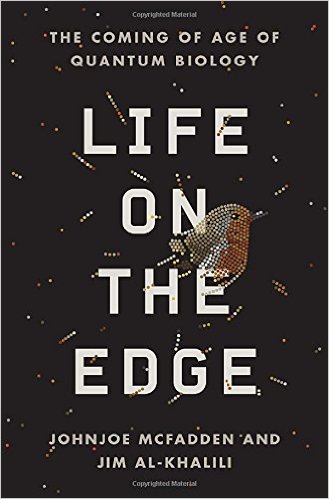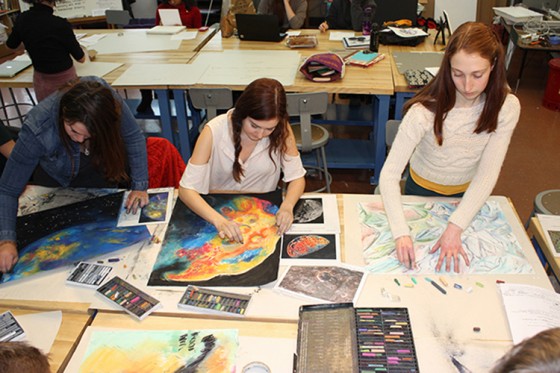 Multitudes of Microbes (start time: 3:38): You may find it unsettling to learn that our human cells make up only half of our bodies. The other half is a bunch of microbes (in the neighborhood of 40 trillion), all living and reproducing in, and on, our bodies. What’s more, these invisible machines could have a powerful influence on your brain, and on your overall health. Ed Yong, a staff writer for The Atlantic, found it disconcerting at first to learn this when he researched his book called “I Contain Multitudes: The Microbes Within Us and a Grander View of Life.” The book, published earlier this year, explores the mysterious partnerships between humans, and many other species, and the mighty microbes with which we have co-evolved. Today we air the full phone interview that How On Earth host Susan Moran recently had with Yong. We played short clips of the conversation during our fall pledge-drive show last Tuesday. Thanks to you listeners who pledged! And thanks to Yong’s publisher, Ecco, an imprint of HarperCollins, for donating to KGNU several copies, which some generous members are now reading. This interview continues our series called “Our Microbes, Ourselves.”
Multitudes of Microbes (start time: 3:38): You may find it unsettling to learn that our human cells make up only half of our bodies. The other half is a bunch of microbes (in the neighborhood of 40 trillion), all living and reproducing in, and on, our bodies. What’s more, these invisible machines could have a powerful influence on your brain, and on your overall health. Ed Yong, a staff writer for The Atlantic, found it disconcerting at first to learn this when he researched his book called “I Contain Multitudes: The Microbes Within Us and a Grander View of Life.” The book, published earlier this year, explores the mysterious partnerships between humans, and many other species, and the mighty microbes with which we have co-evolved. Today we air the full phone interview that How On Earth host Susan Moran recently had with Yong. We played short clips of the conversation during our fall pledge-drive show last Tuesday. Thanks to you listeners who pledged! And thanks to Yong’s publisher, Ecco, an imprint of HarperCollins, for donating to KGNU several copies, which some generous members are now reading. This interview continues our series called “Our Microbes, Ourselves.”
Hosts: Kendra Krueger, Susan Moran
Producer: Susan Moran
Engineer: Kendra Krueger
Executive Producer: Beth Bennett
Listen to the show:
Podcast: Play in new window | Download (Duration: 24:39 — 22.6MB)
Subscribe: RSS




 This week’s pledge- drive show features a teaser introduction to Ed Yong’s new book
This week’s pledge- drive show features a teaser introduction to Ed Yong’s new book 
 Interview with LIGO Scientist Dr. Matt Evans (6:22): The recent big news in physics was the announcement of the first direct detection of gravitational waves. The detection was made by the
Interview with LIGO Scientist Dr. Matt Evans (6:22): The recent big news in physics was the announcement of the first direct detection of gravitational waves. The detection was made by the 



 In today’s show we offer the following feature:
In today’s show we offer the following feature:



 When it comes to reducing greenhouses gases, every little bit helps, and that includes managing the greenhouse gases produced by how we grow our food. Raising livestock and growing crops both generate greenhouse gases, and to gauge their impact, a new study takes the long range view. The results were published in a paper: “Measuring and mitigating agricultural greenhouse gas production in the U.S. Great Plains, 1870-2000” in the Proceedings of the National Academy of Sciences. It analyzes 100 years of agricultural production, and it takes this look at farming close to home – it focuses on the bread basket of the United States – the Great Plains, which includes eastern Colorado. Here to tell us more are scientists
When it comes to reducing greenhouses gases, every little bit helps, and that includes managing the greenhouse gases produced by how we grow our food. Raising livestock and growing crops both generate greenhouse gases, and to gauge their impact, a new study takes the long range view. The results were published in a paper: “Measuring and mitigating agricultural greenhouse gas production in the U.S. Great Plains, 1870-2000” in the Proceedings of the National Academy of Sciences. It analyzes 100 years of agricultural production, and it takes this look at farming close to home – it focuses on the bread basket of the United States – the Great Plains, which includes eastern Colorado. Here to tell us more are scientists 


 An educator and perfomer, Len Barron first developed a piece about Einsteina and Bohr as a one man show, but then decided to evolve the project by enlist the help of 8 grandmothers to tell the story with their own added pizazz. Not only was lively performance produced, but a process and experience was shared. This process was captured by documentary film maker Robin Truesdale in a film coming to the Dairy Center this weekend entitled A Beautiful Equation. Both Robin and Len have joined us today in the studio to tell us more about the film, the process, the scientists and the grandmothers.
An educator and perfomer, Len Barron first developed a piece about Einsteina and Bohr as a one man show, but then decided to evolve the project by enlist the help of 8 grandmothers to tell the story with their own added pizazz. Not only was lively performance produced, but a process and experience was shared. This process was captured by documentary film maker Robin Truesdale in a film coming to the Dairy Center this weekend entitled A Beautiful Equation. Both Robin and Len have joined us today in the studio to tell us more about the film, the process, the scientists and the grandmothers.